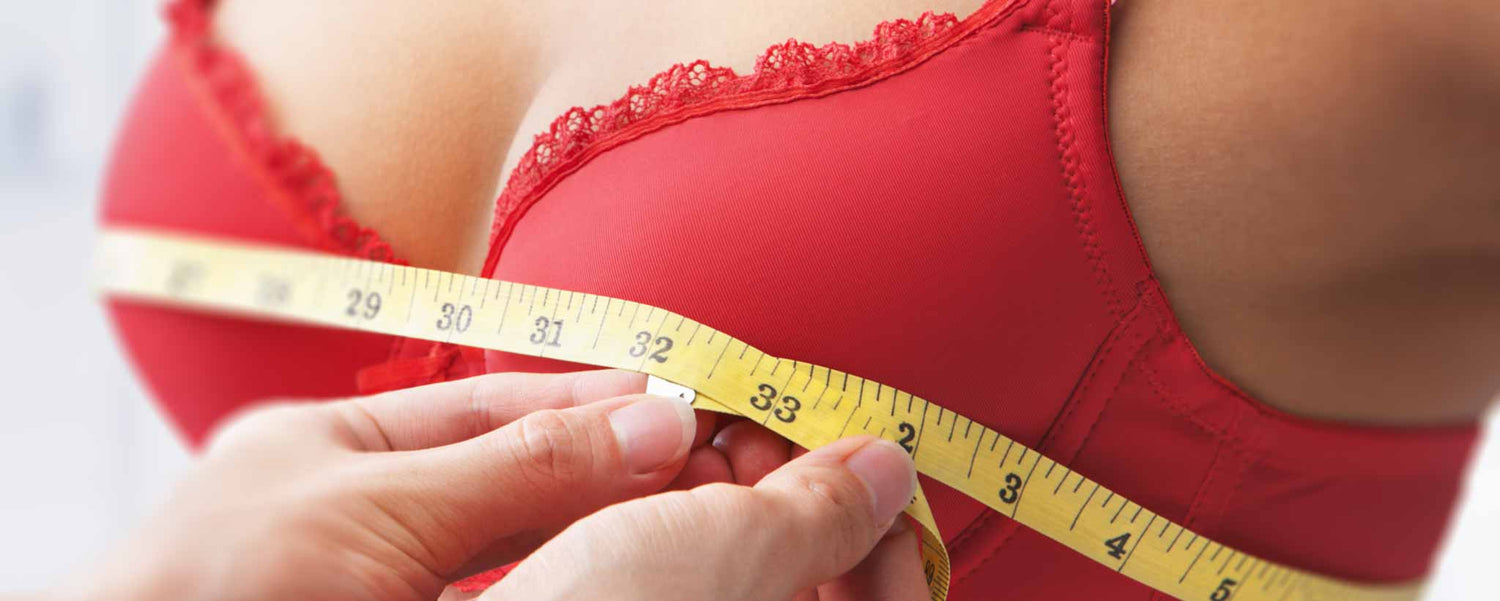Asian breasts have greater density.
October Breast Cancer Awareness Month
Females with voluminous breasts are more likely to develop breast cancer. Among women with breast cancer, those with a higher body mass index (BMI) have larger tumors and more advanced‐stage cancers at their initial diagnosis.
Cancer can cause weight gain, which affects breast size. Conversely, women with larger breasts have difficulty feeling small breast lumps. [1] Therefore, they benefit from mammography.
In one study, women with the highest BMI and those wearing a brassiere cup size D (10 cm) had 50% greater cancer risk than those with the lowest BMI wearing size A (2.5 cm). For all methods of detection, the odds of regional/

Breast density contributes to later cancer detection. In a retrospective review of data collected from 15,292 women, breast density appears to be greatest in Asian women and least in African American women. Age and BMI, or age, bra size, and cup size, can account for the reported density differences except among Asians. [2,3]
In a study of men in Brazil, Cameroon, the Czech Republic, and Namibia, individual preferences for breast size were variable, but the majority of raters preferred medium-sized breasts, followed by large-sized breasts. [4]
Women with large bosoms may receive more attention from males in some cultures. This can cause some women to embrace a higher BMI with accompanying breast volume.
The U.S. adult obesity rate reached 42.4% in 2020. This is the first time the national rate has passed the 40 percent mark. The national adult obesity rate has increased by 26% since 2008. [5]
Body type—particularly pear shape—is sometimes hereditary. About 5 to 10% of breast cancers and 10 to 15% of ovarian cancers are hereditary. BRCA1 and BRCA2 are two genes that help suppress cancer. A mutation in the BRCA genes can prevent them from working normally. [6–8]
Men and women have hereditary imperfections or health defects that magnify with age. This is something that is minimized by the avoidance of incestual interbreeding. The offspring of people who share a large number of genes have a higher risk of passing on negative traits. This is known as an autosomal recessive disorder. [9] Women who maintain a healthy weight with regular exercise and good food choices reduce breast cancer risks.
Either large breasts or small, dense breasts can delay diagnosis. Discuss family history with your physician and get regular screening for early cancer detection.
To support the writing of useful articles about women, ClinicalPosters sells human anatomy charts, scientific posters, and other products online. You may sponsor specific articles, become a ClinicalNovellas Member, or remit a small donation.
ClinicalPosters sells human anatomy charts, scientific posters, and other products online to offset expense of the writing useful articles about women. Slide extra posters into DeuPair Frames without removing from the wall.
Show your support by donating, shopping for ClinicalPins, becoming a ClinicalNovellas Member, or leaving an encouraging comment to keep the research going.
To support the writing of useful articles about women, ClinicalPosters sells human anatomy charts, scientific posters, and other products online. You may sponsor specific articles or remit a small donation.
ClinicalPosters sells human anatomy charts, scientific posters, and other products online to offset expense of the writing useful articles about women. Slide extra posters into DeuPair Frames without removing from the wall.
ClinicalPosters sells human anatomy charts, scientific posters, and other products online. You may remit a small donation or become a ClinicalNovellas Member.
You can support the writing of useful articles about women by sponsoring specific articles, becoming a ClinicalNovellas Member, or remitting a small donation. Visible content is optimized for device size.







 Romance & Health Intertwine. Fall in love with a captivating romance miniseries that explores the essence of well-being. Become a ClinicalNovellas member for heartwarming tales.
Romance & Health Intertwine. Fall in love with a captivating romance miniseries that explores the essence of well-being. Become a ClinicalNovellas member for heartwarming tales.





